Published March 27, 2019
Making responsible food choices
In recent years, we have become increasingly concerned with where our food comes from and how our food choices affect the planet. For example, we’ve learned that eating locally-sourced meals can reduce greenhouse gas emissions by eliminating the need for lengthy food transportation.
Luckily, eating local fish couldn’t be easier near the Great Lakes. You can enjoy whitefish caught in Lakes Superior, Huron or Michigan, or yellow perch from Lake Erie and Ontario.
Did You Know?
Eating locally is great, but eating sustainably is important, too. Maybe you’ve heard someone use the term ‘sustainable fishing,’ but what does it really mean, and why does it matter?
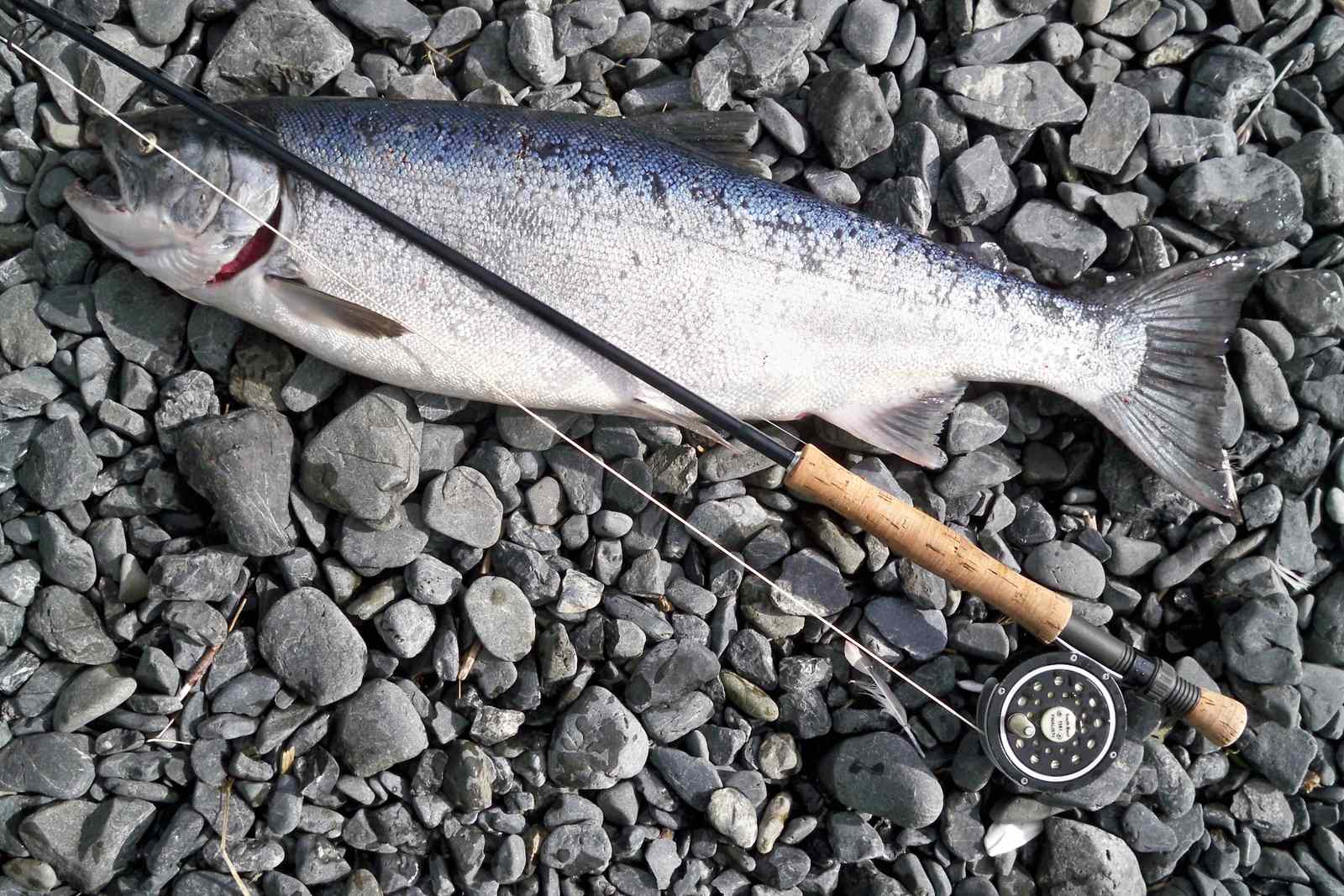
What is sustainable fishing?
Sustainable fishing methods aim to ensure that fish and their habitats can survive (and hopefully thrive) both now and in the future.
The United Nations’ Food and Agriculture Organization has found that globally, approximately 90% of fish stocks are either fully fished (meaning fish are being caught at the maximum limit of what can be sustained) or overfished (meaning fish are being removed from the water faster than they are able to replenish their stocks).
Did You Know?
Sustainable fishing is a solution to the problem of overfishing, which can lead to an immense decline of certain species.
The consequences of overfishing affect not only the species that are being eliminated at such rapid rates, but also the delicate ecosystems upon which many other species rely. If we remove one species of fish, everything that lives in the waterway is affected.
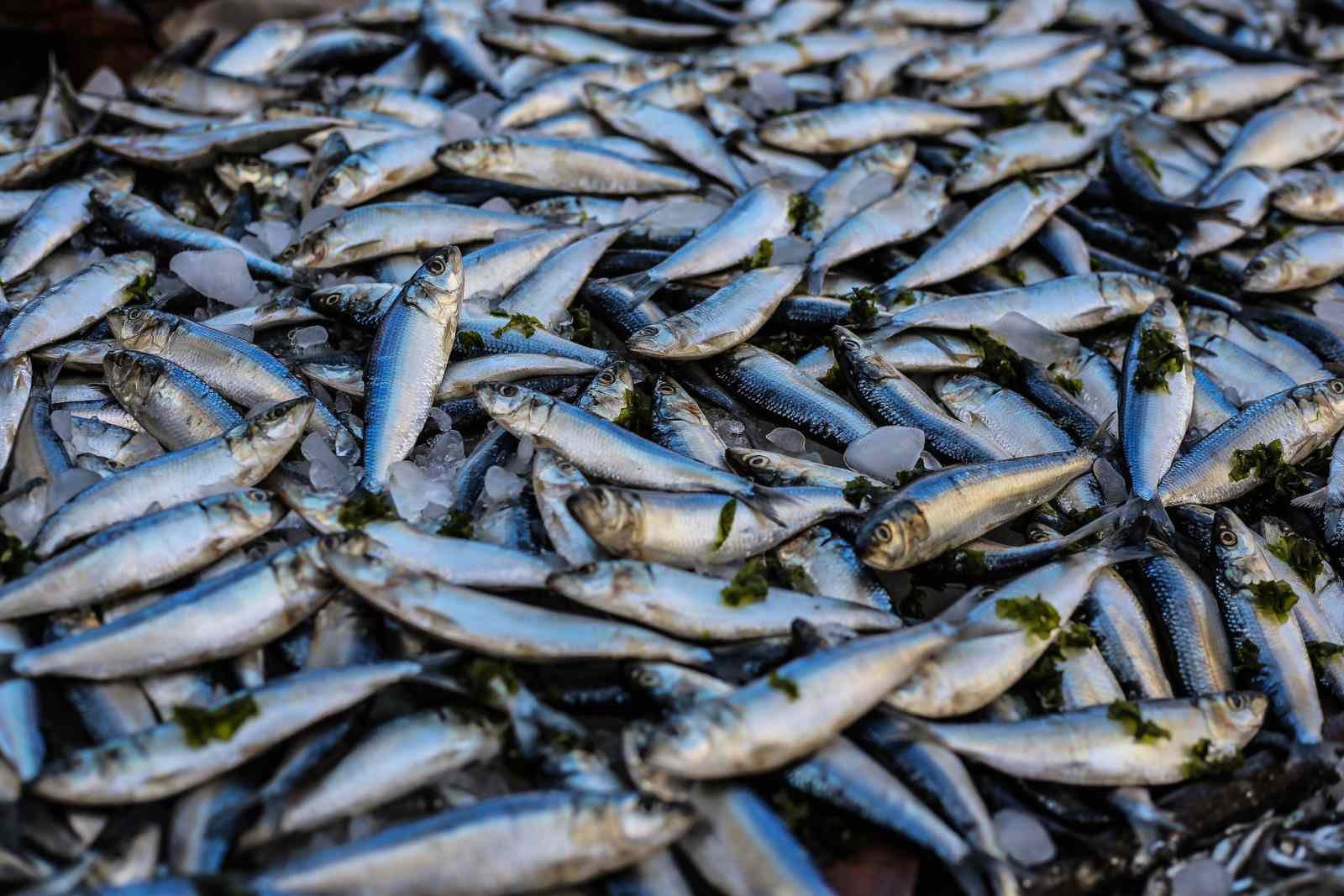
In order to be considered sustainable, fisheries must catch fish and other seafood from healthy populations that are not at risk of overexploitation. They must harvest them in a way which does not damage the waterbody or its ecosystems, and abide by local, national, and international laws.
Sustainable fishing in the Great Lakes
Although you may first think of the ocean when you think of commercial fishing, it is also a big part of life in the Great Lakes. This means that sustainability is also key aspect of fishing in the Great Lakes region.
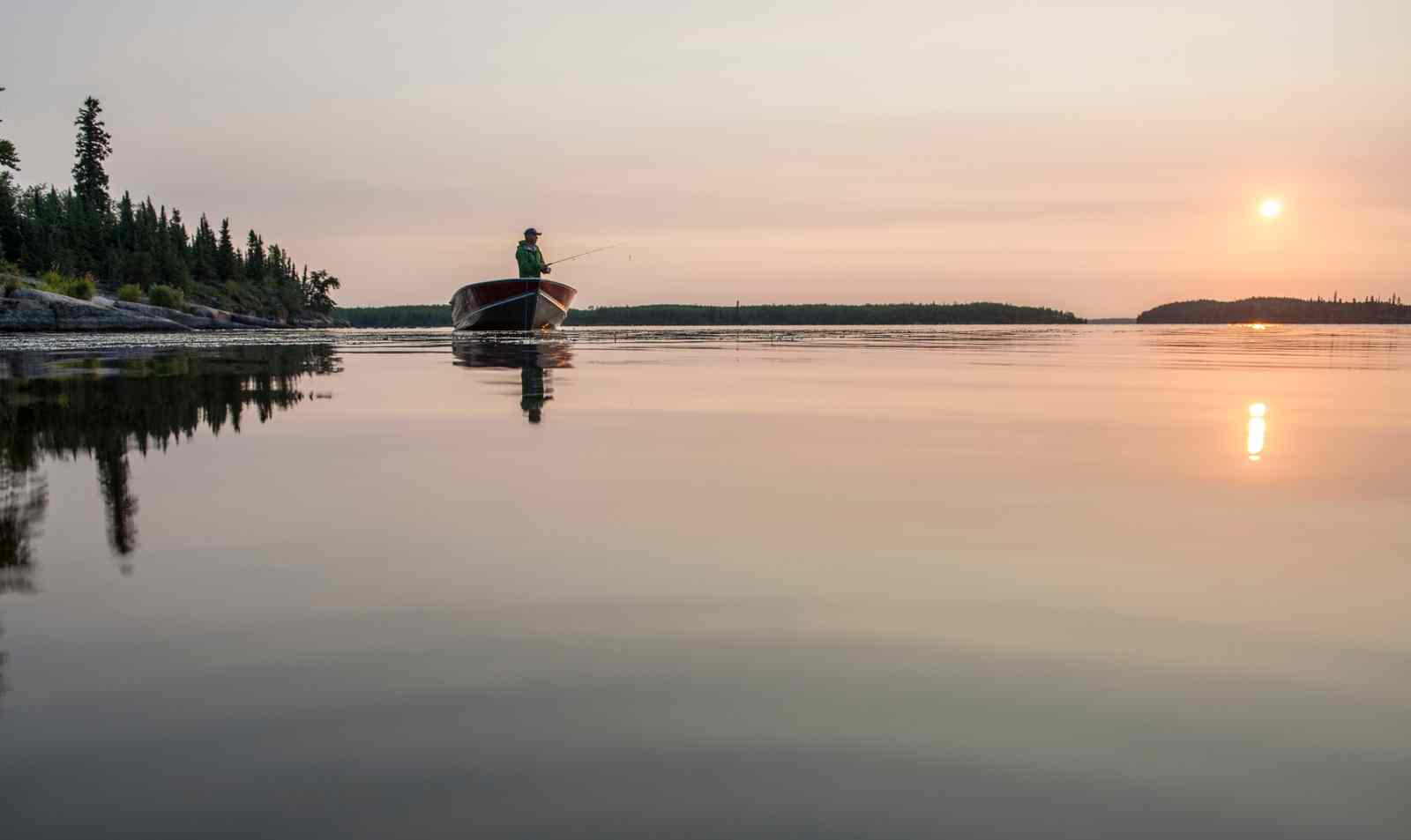
Sustainable fishing in the Great Lakes means supporting fish that are part of a huge lake ecosystem in which issues such as invasive species or environmental pollution can negatively affect fish populations.
Great Lakes fisheries are overseen by provincial, state, and tribal agencies, as well as Canadian and U.S. federal governments.
Did You Know?
Organizations like the Great Lakes Fishery Commission work to share information about sustainability. They work to create more resilient fish communities, protect biological diversity, control non-native nuisance species, and reduce pollution.
Endeavours of this nature is extremely important. Since the early 1800s, humans have dramatically impacted the Great Lake ecosystems. The health of our lakes must be continually addressed and supported in order for them to remain fishable.
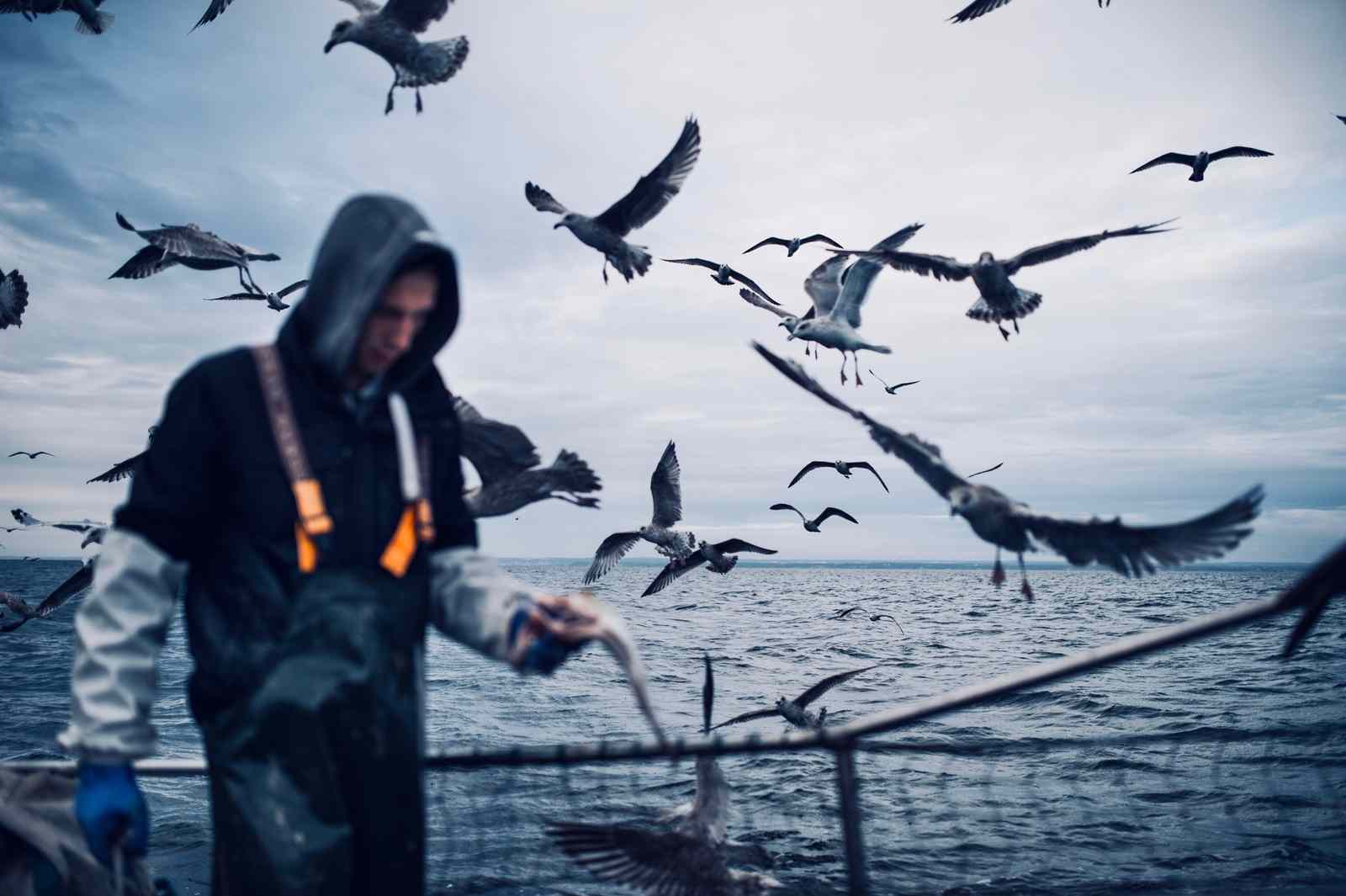
Canadian Fisheries
For many, fishing is more than an environmental issue; it is a livelihood. In Canada alone, about 72,000 people rely on fishing-related industries to make a living. Sustainable fishing practices take this into account.
In addition to preserving fish and their biospheres, Canada safeguards the economic needs of their fisheries by keeping them competitive and providing reliable employment.
Did You Know?
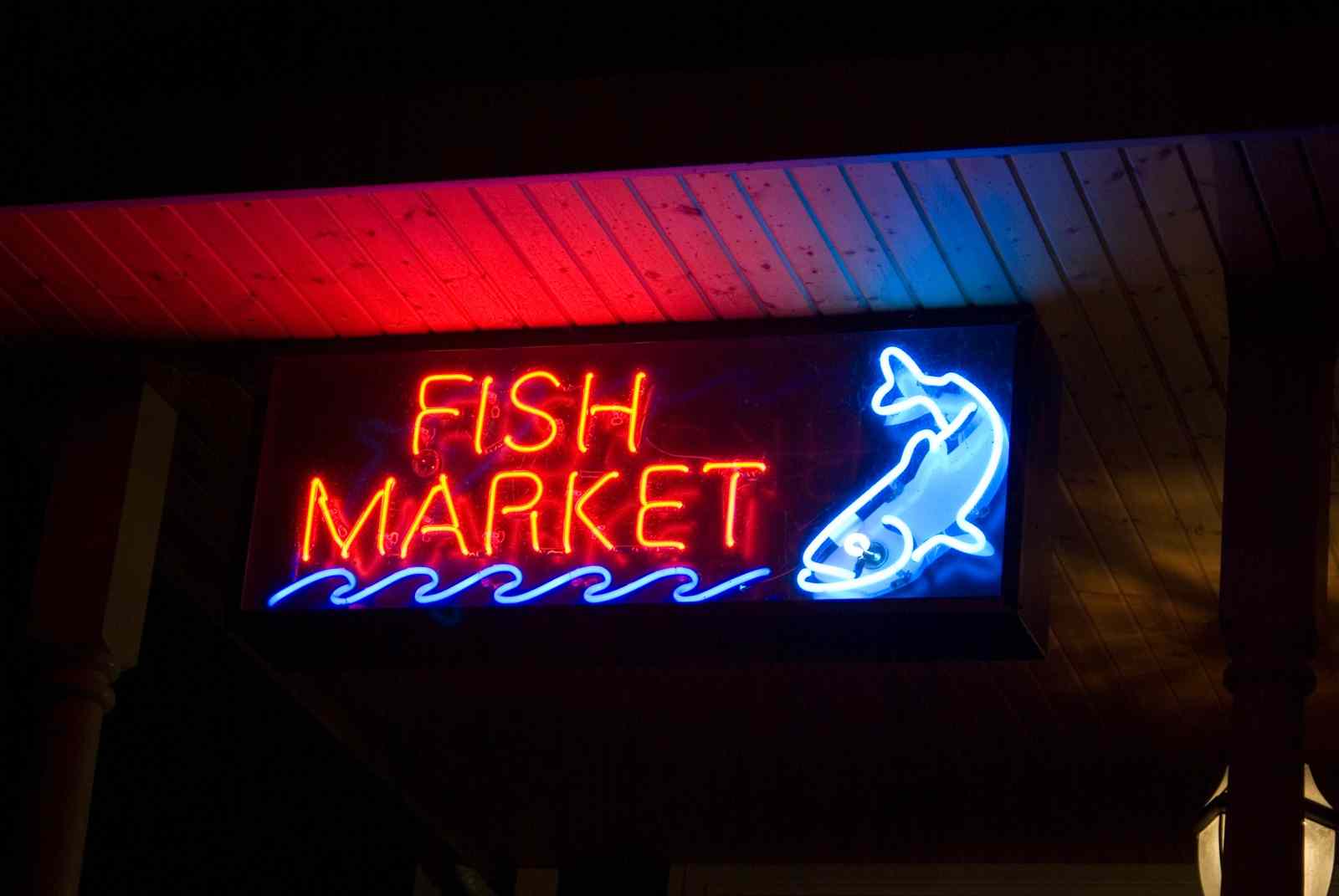
Responsible food choices matter!
If you would like to eat sustainably and protect our Great Lakes and oceans, there are many options available. Hooked offers affordable, sustainably sourced seafood in various locations throughout the GTA. You can also look for products in grocery stores with the blue Marine Stewardship Council label.
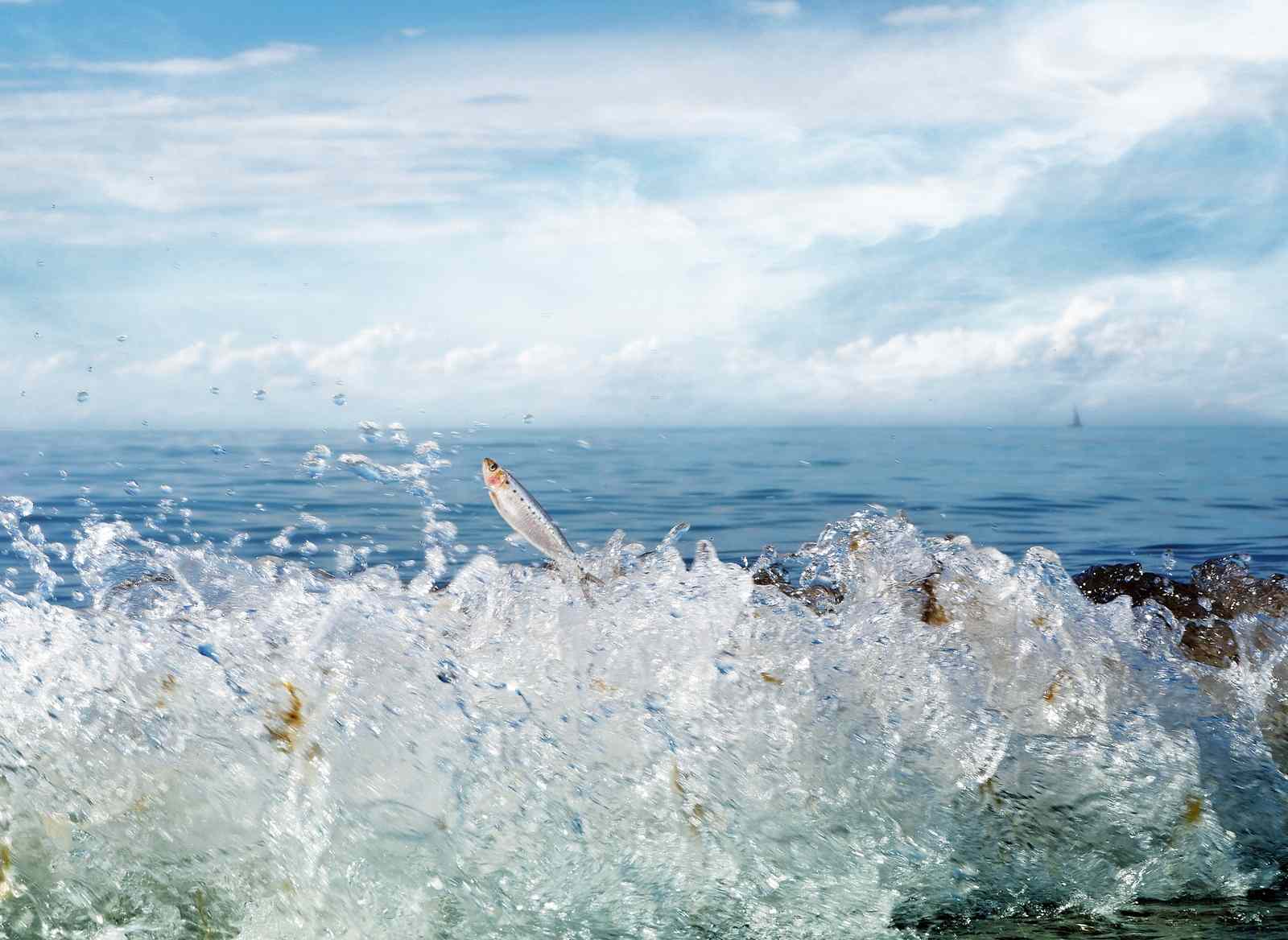
It’s not difficult to buy and eat sustainably sourced seafood. As more of us understand the importance of doing buying sustainably and it becomes more common, it can have an enormously positive impact on our fish, our lakes, and our oceans.
Together, we can work to secure a sustainable planet.
Review sustainable seafood recommendations.
Read more about Canada’s sustainable fisheries.
